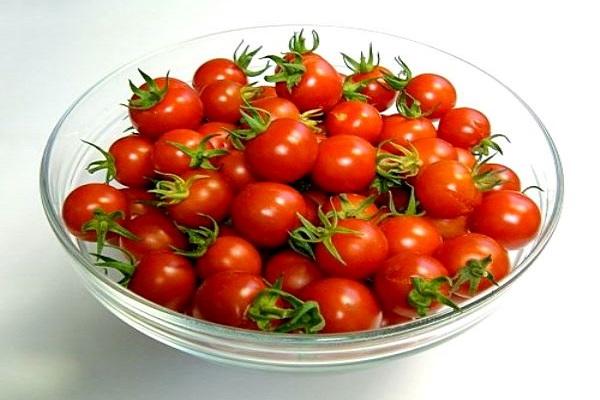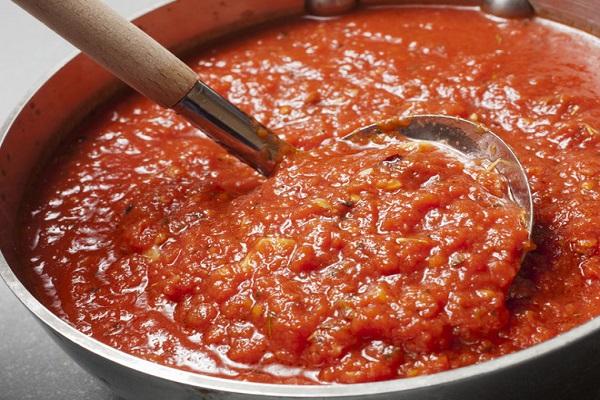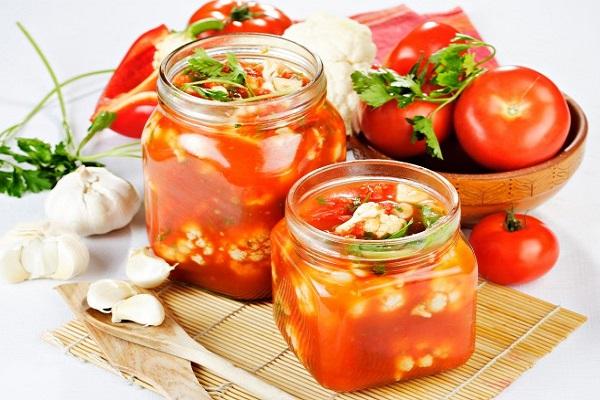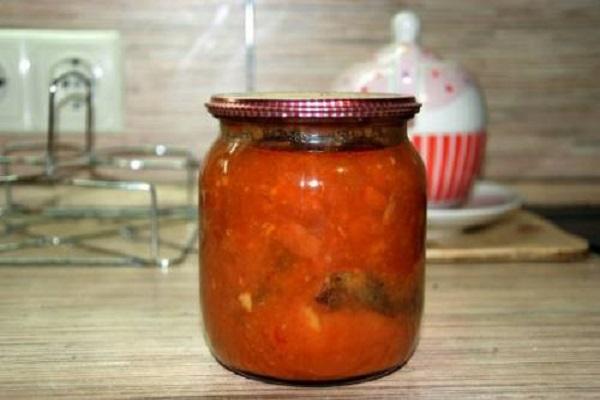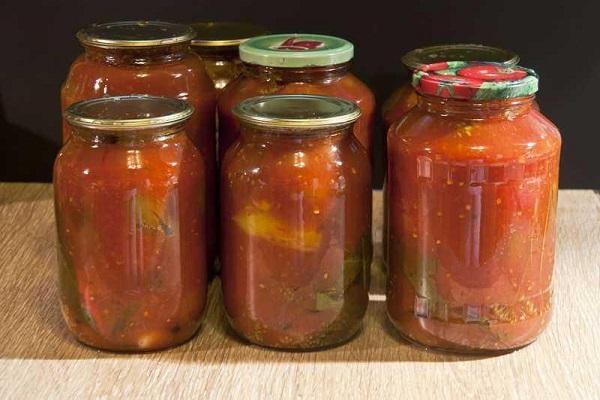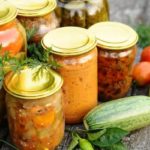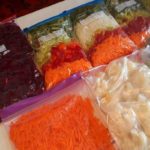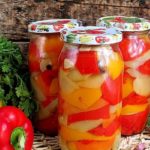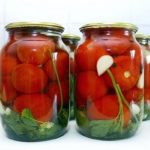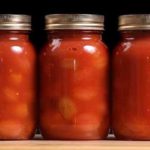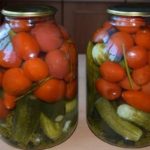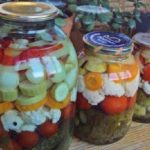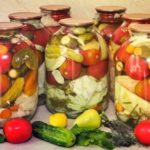Various recipes for winter vegetable dishes in tomato juice are a great way to diversify the menu in the cold season with healthy products. These preparations are very popular among housewives because they are easy to prepare, do not require much effort and a lot of time, and the ingredients are affordable. If all rules and conditions are observed, the prepared assortment can be stored for a long time.
Features of preparing assorted vegetables in tomato sauce for the winter
The main feature of this snack is the marinade. For it, instead of water, a tomato filling is used, which is used to fill the heated jar at the initial stage. The main heat treatment occurs during pasteurization.
The choice of vegetables is always up to the hostess. There are no clear instructions. But you can use your favorite and most accessible ones. Adjust the spiciness to taste.
List of ingredients
The volume of products is given based on the preparation of preparations for the winter in tomato sauce per 3 liter jar.
Ingredients:
- firm tomatoes – 1/3 of container volume;
- cucumbers – 5-8 pcs.;
- bell pepper – 4 pcs.;
- squash, zucchini - approximately the same volume as cucumbers;
- garlic – 7 cloves.
Assorted vegetables, which can be added as desired:
- young beans - 3 pods;
- corn (small cobs) – 3 pcs.;
- small onions - 3 heads:
- cauliflower – 3 inflorescences.
Necessary spices for this volume:
- cloves, allspice – 6 pcs.;
- black pepper – 12 peas;
- dill - 3 umbrellas;
- bay leaf – 3 pcs.;
- horseradish leaf – up to 20 cm;
- tarragon (twig with flowers and seeds) – 1 pc.
Tomato filling:
- twisted tomatoes - 1 l;
- sugar – 100 g;
- salt – 60 g;
- vinegar essence – 1 tsp.
The amount of ingredients may vary, depending on the composition and size of the vegetables.
How to choose and prepare products correctly
To prepare assorted vegetables in tomato juice, you need to select dense, small vegetables that will look beautiful and will not fall apart during heat treatment. They are thoroughly washed and dried. There is no need to chop too much when cutting. To make them crispy and elastic after cooking, keep the pieces in cold water for a little while.
Professionals do not recommend using currant, oak and cherry leaves among spices. They are only needed for canning cucumbers, and zucchini, squash and cabbage will simply turn into mush.
It is better to use non-iodized and coarsely ground salt. Citric acid is only suitable for pickles with one type of vegetable. You should select recipes that contain vinegar.
Rules for preparing containers
Pickles in tomato sauce must be stored in a glass container, which must first be washed with soda solution and rinsed with plenty of water. Sterilize in a convenient way: in the oven, microwave or over steam. Before cooking, be sure to cover with a clean kitchen towel to prevent dirt from getting in. Simply boil the lids for 15 minutes.
How to cook vegetables in tomato sauce at home
The entire canning process is described step by step:
- To make the tomato sauce, scald the tomatoes and remove the skin. Grind in a meat grinder or grind in a blender. The mass will need to be heated to 70°. This will remove air bubbles from the pulp. Mix with salt and sugar. Pour 500 ml, combine with vinegar. Use this composition first.
- Place a set of spices at the bottom of the jar and start placing vegetables, gradually pouring in tomato juice. The products should be 3 cm below the neck. Cover with metal lids. Start pasteurizing in a deep bowl for half an hour at 90°.
- There is no need to roll up the jars right away. It is better to let them sit, because the amount of tomato sauce may decrease and the vegetables will become bare. You will need to add boiled tomato juice.
Check for leaks, turn upside down and cool under a blanket.
Terms and conditions of storage
Canned food in tomato juice should be refrigerated and stored in the cellar. The optimal temperature for workpieces is considered to be from 0 to 15 degrees with normal humidity. If you follow all the rules and the steps described above, you will enjoy your vegetable snack until next summer.

